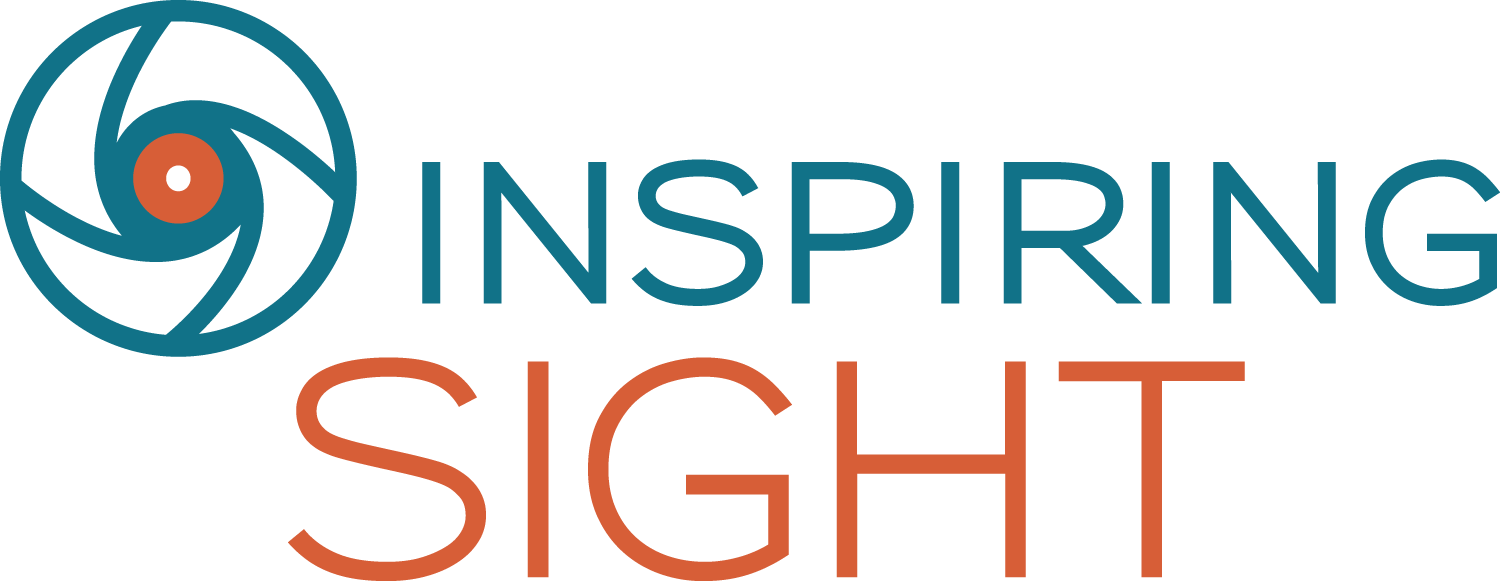What Does Upstream Thinking Have To Do With Equity?
Are you growing tired of investing time, energy and resources into challenges after they have become full-blown problems? This all too common approach is referred to as downstream thinking. There is another way, and it's called Upstream Thinking. By heading upstream, we create the opportunity to identify gaps, causes, and early warning signs before them lead to crisis, inequity and injustices. Upstream Thinking is defined as, the quest to solve problems before they happen and it sheds light on early warning signs which inform strategies, activities, and what and how you’ll measure progress. Its power is well documented by Dan Heath in his book, Upstream Thinking which is chalk full of case studies which demonstrate results.
Organizations and systems tend to get stuck in the tangible and tactical. After all, that’s what our task-oriented, instant gratification-type society rewards. Doing what we know and reporting on what will sound productive to the board has an element of comfort. But tangible and instant results often don’t translate to meaningful or long term change. Because tangible measurements often are reactive, they don’t allow the time and space for those affected by the problem to participate in solving the problem. This is where Upstream Thinking meets equity. An Upstream Thinking approach begins with the examination of three barriers to utilizing Upstream Thinking in the first place:
1) Problem Blindness-You don’t see the problem because you view it as inevitable
2) Lack of Ownership-People capable of addressing the problem think, “That’s not mine to fix”
3) Tunneling-see only what you are trained to see or are rewarded for. Not asking, “Why does this keep happening”
Once barriers to Upstream Thinking have been identified, key planning questions assist in determining how to bring the right people together to move action forward. I recently facilitated an Upstream Thinking process with a consortium of educators. Examining barriers to Upstream Thinking alone, opened their eyes to perspectives and warning signs they had never before considered, resulting in the identification of new gaps in the system, gaps in how and to whom information flowed, specific training needs for key groups of people, and specific messaging and communication tactics.
Every new perspective uncovered inequities in the system. Inequities they didn’t see before. As a result, they are asking questions differently, and including people in the process that were formerly left out.
They are re-energized, see a new role for themselves within the system and there was a complete shift in their approach to activities, what they will measure, who they’ll invite to participate and how they will implement.
Dan Heath’s Upstream Thinking work, has already uncovered that by rewarding every police officer for the ticket they didn't have to write, we would be preventing a problem before it happened. That when employers and schools support employees or children who stay home when ill, we actually prevent or reduce the spread of disease. By addressing it as an early warning sign instead we can reduce its impact on a system and prevent other problems from happening.
An Upstream Thinking approach is visionary, inclusive, addresses equity and is not for the faint of heart. It requires courage on the part of leaders to help their boards, publicly-elected officials, and community leaders to embrace it and commit. Upstream Thinking requires the move beyond data for compliance and task orientation to data for learning to ignite long term change.
There are very few problems that don't have early warning signs. Now imagine how Upstream Thinking and a little courage could help us put a dent in the many grand challenges facing our society. Does your organization have the courage to go upstream and search for them?

